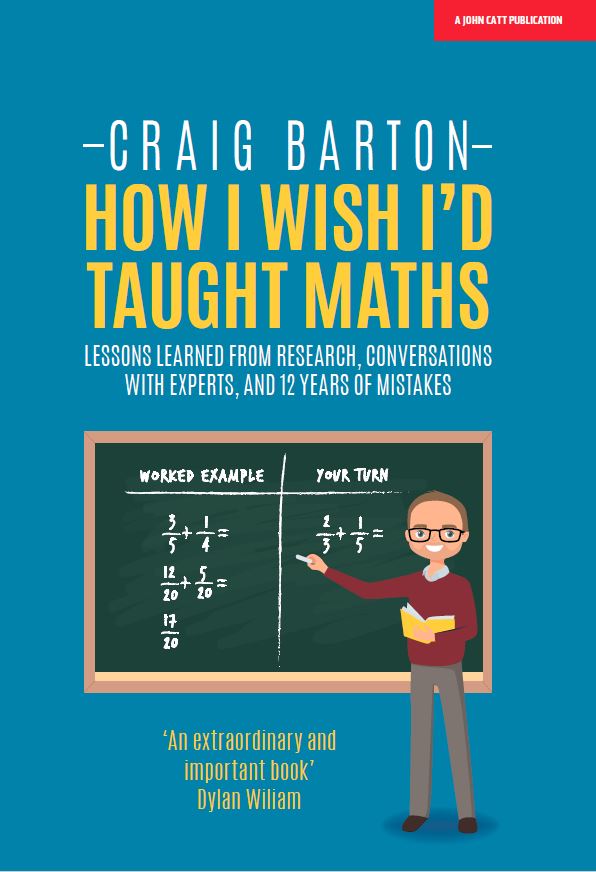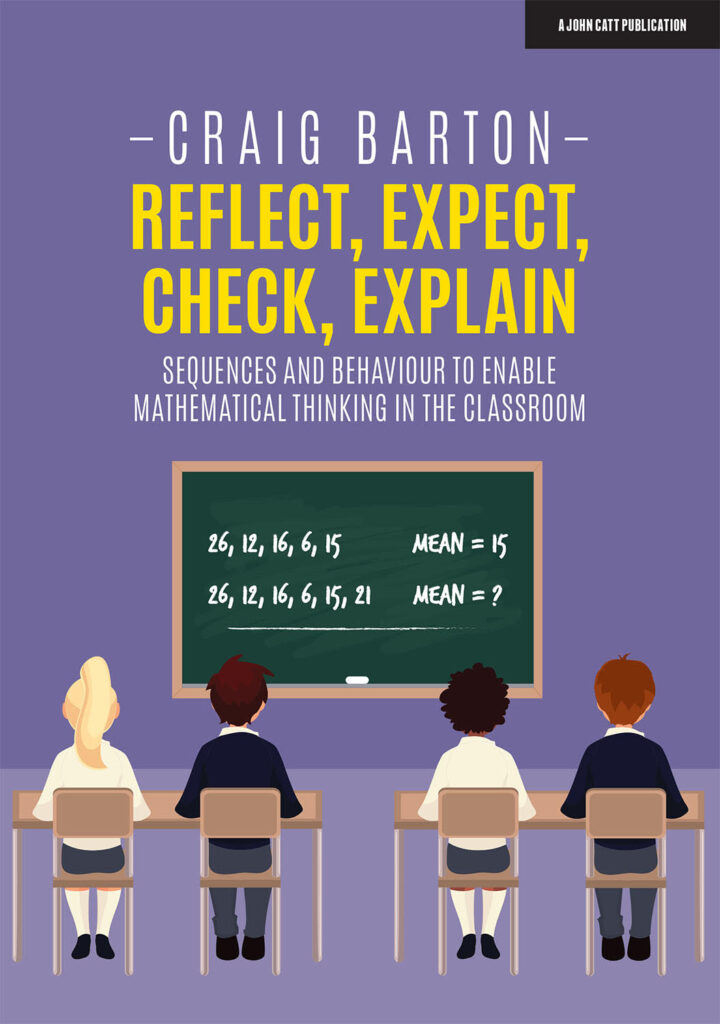
- Title: School students’ confidence when answering diagnostic questions online
- Authors: Foster, Woodhead, Barton, Clark-Wilson
- Access the original paper here
- Watch a video overview:
Paper summary
The academic article presents an analysis of a substantial, pre-existing dataset derived from the Eedi online platform, which features diagnostic multiple-choice mathematics questions for UK school students aged six to sixteen. The research investigates how student confidence ratings correlate with their performance (facility) and with demographic variables such as gender, age, and socioeconomic disadvantage. Key findings include a positive correlation between confidence and facility, with boys exhibiting higher confidence than girls and older students or socioeconomically disadvantaged students showing lower confidence, even when accounting for facility. Furthermore, the study provides the first evidence of the hypercorrection effect—where highly confident errors are more likely to be corrected later—in an authentic school-mathematics context, with important implications for classroom learning practices.
If teachers remember one thing from this study, it should be…
Use confidence assessment alongside diagnostic questions. Errors made with high confidence are more likely to be corrected later (hypercorrection effect). Encourage reflection on confidence and mistakes to promote effective, efficient learning.
***Paper Deep Dive***
What are the technical terms used in the paper?
Hypercorrection Effect: Errors made with high confidence are more likely to be corrected than those made with low confidence.
Confidence: A student’s post hoc judgment on the probability that their answer is correct.
Facility: The proportion (or percentage) of questions answered correctly (attainment).
Diagnostic Questions: Multiple-choice questions designed to reveal common errors or misconceptions.
What are the characteristics of the participants in the study?
The full sample (N = 7302) consisted of UK school mathematics students aged 6–16. About 49% were male and 51% female. Approximately 21% were socioeconomically disadvantaged (eligible for Free School Meals or Pupil Premium).
What does this paper add to the current field of research?
The paper provides the first evidence for the hypercorrection effect in an authentic school mathematics context. It uses a large dataset to detail relationships, finding that boys’ overconfidence is greater among lower-attaining students, and age-related confidence decline is largely independent of facility decrease (only 18.7% mediated). (49 words)
What are the key implications for teachers in the classroom?
The findings of this study suggest several key implications for teachers in the classroom, primarily revolving around the use of diagnostic assessment and student confidence ratings:
Tailor Responses Based on Misconceptions: Diagnostic questions are designed to reveal specific common errors or misconceptions (e.g., confusion with negative numbers versus misinterpreting terminology). Teachers should use this information to provide appropriate, differentiated responses for different groups of students, focusing their teaching exactly where a student has difficulty.
Utilise Confidence Assessment: Teachers should incorporate confidence assessment alongside diagnostic multiple-choice questions. This feature can serve as an innovative formative assessment tool.
Harness the Hypercorrection Effect: Teachers should recognise the potential benefits of the hypercorrection effect, where errors made with high confidence are more likely to be corrected later. Consequently, trying to prevent students from making errors may be counterproductive. It may be preferable to allow and even encourage students to make mistakes in low-stakes assessments.
Encourage Reflection and Metacognition: Incorporating confidence assessments into diagnostic questions can prompt students to reflect on their confidence when they are incorrect. Teachers can use repeated confidence assessments over time to help students gain an accurate sense of their strengths and weaknesses, thereby improving metacognition and supporting effective learning.
Address Confidence Gaps: Use confidence assessment to address known demographic differences:
The overconfidence of boys (which is greater among lower-attaining students) and the underconfidence of girls might be addressed by incentivising accurate confidence placement over time.
Provide targeted support to socioeconomically disadvantaged students to improve their confidence, as they, on average, feel less confident than similarly well-achieving advantaged students.
Why might teachers exercise caution before applying these findings in their classroom?
Teachers should exercise caution because the study was conducted online, and generalising to face-to-face classroom situations may require care. Teachers should exercise caution because the study was conducted online, and generalising to face-to-face classroom situations may require care. Additionally, students might exaggerate their confidence for strategic purposes (e.g., to impress teachers/peers).
What is a single quote that summarises the key findings from the paper?
“Finally, we found the first evidence for the hypercorrection effect in an authentic mathematics learning context.”








